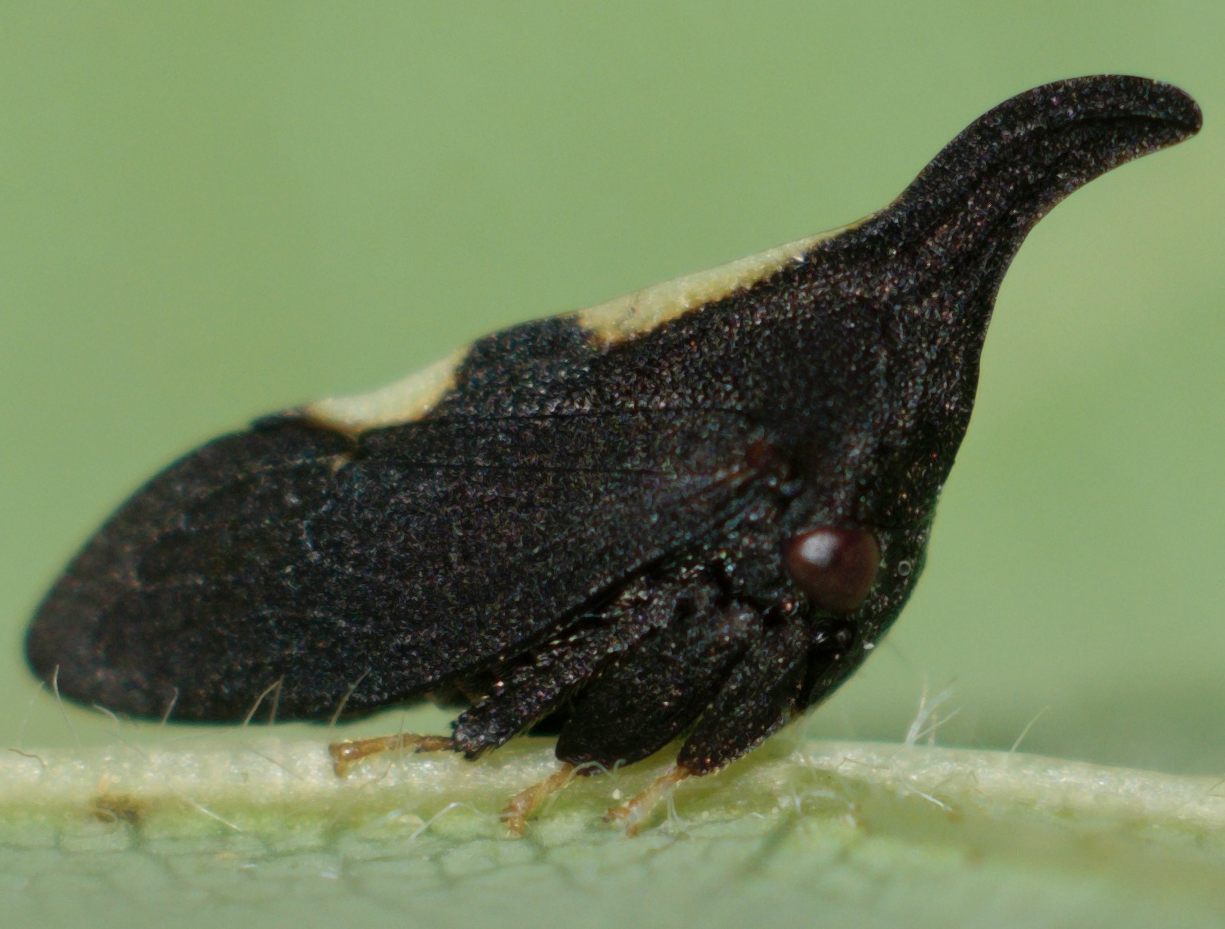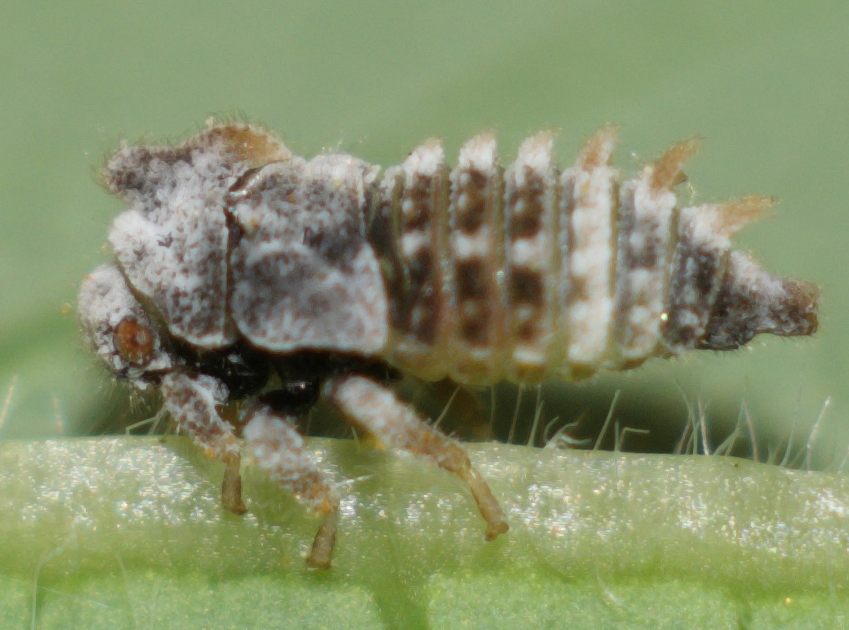| Family (Alpha): | |||
« |
 » » |
| MEMBRACIDAE Members: | NC Records | |||||
|---|---|---|---|---|---|---|
Enchenopa on-cercis - Undescribed Enchenopa on Redbud | ||||||
 © Mike Dunn- female |  © Scott Bolick- female |  © Scott Bolick- nymphs, note coloration |  © Scott Bolick- nymph |
|
Hoppers of North Carolina: Spittlebugs, Leafhoppers, Treehoppers, and Planthoppers |
| Family (Alpha): | |||
« |
 » » |
| MEMBRACIDAE Members: | NC Records | |||||
|---|---|---|---|---|---|---|
Enchenopa on-cercis - Undescribed Enchenopa on Redbud | ||||||
 © Mike Dunn- female |  © Scott Bolick- female |  © Scott Bolick- nymphs, note coloration |  © Scott Bolick- nymph |